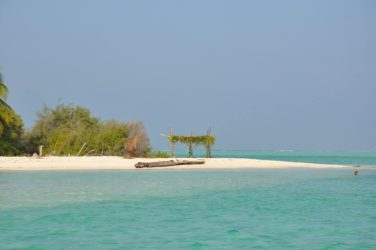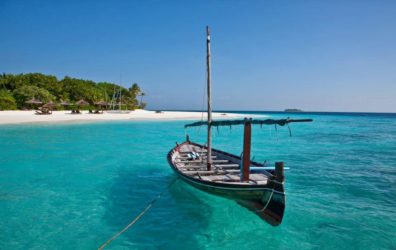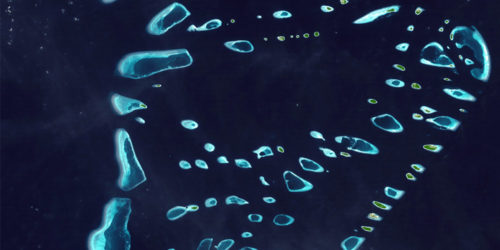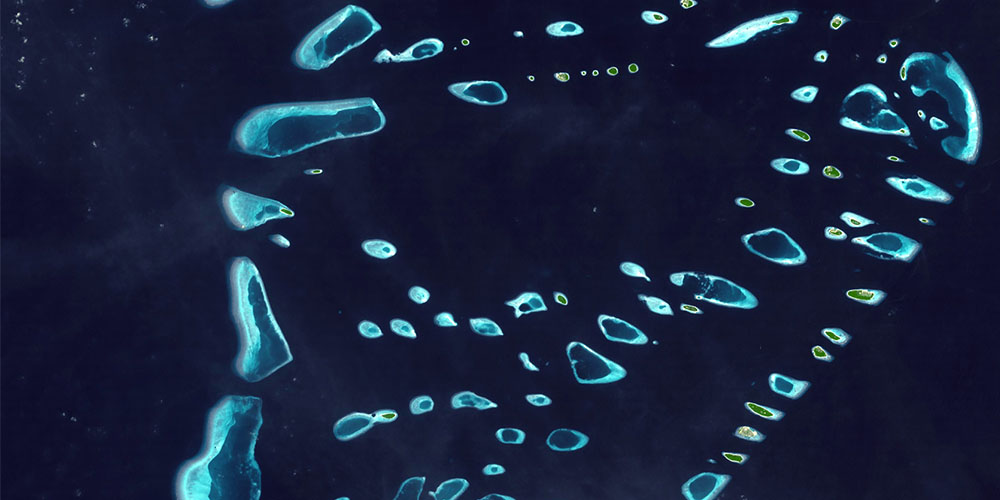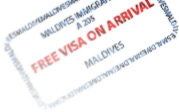Maldivians are esteemed around the World for their hospitality and affability towards their guests. Currently the population of the Maldives is 341,256. Additionally close to 60000 registered foreigners reside in the country.
Maldivians share a similar cultural heritage, history, ancestry, homeland, language and religion. These common factors are the reason for the unity and harmony prevailing in the alluring islands.
Maldivian ancestral roots can be traced back to Sinhala’s of Sri Lanka, Marathi’s and Guajarati’s of India, Arabs, Malays and Northern African dispositions. Accordingly, Maldivians emerged from a mixed race, which has enriched the culture and history of the country.
Presently Maldivians are adherents of the Sunni School of Islam. Maldivians embraced Islam in 1153 AD and since then the religion has played a key role in shaping the Maldivian society. Some of the famous landmarks in the country have been greatly influenced by Islamic architecture.
Before converting to Islam, the Maldivians were known to practice Buddhism and ancient paganism. Ancient Buddhist ruins are preserved in the country and antique Buddhist artefacts are displayed in the National Museum in Male’.
Traditionally whenever guests visit a local island, the islanders will welcome them by serving a fresh coconut drink. This tradition has continued to this day and do not be surprised if your resort offers a beautifully decorated coconut drink when you reach your destination!


